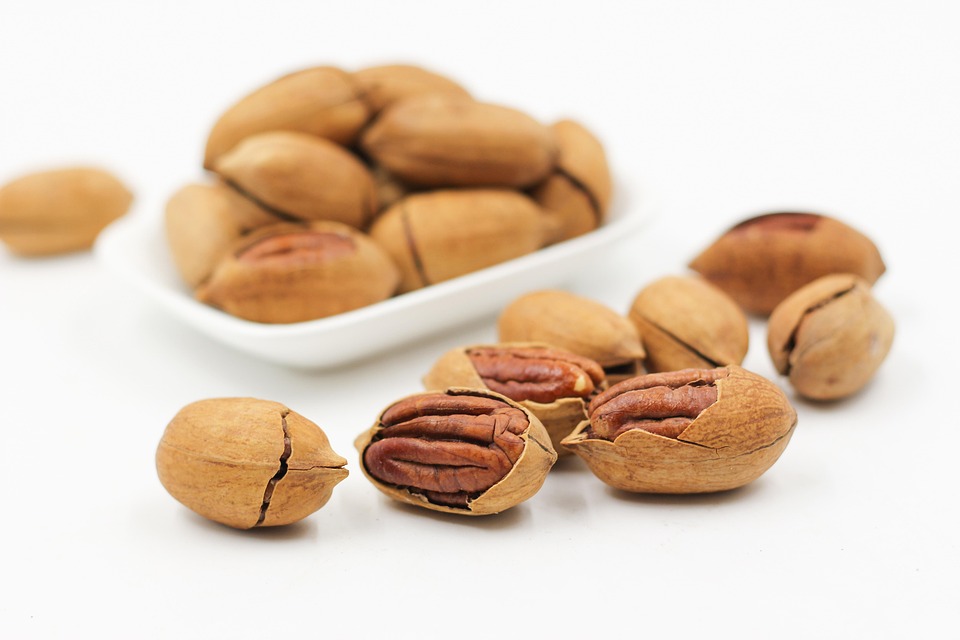Beyond Meat: Exploring Unexpected Sources of Protein in Your Diet
Introduction
In recent years, the dietary landscape has shifted remarkably, particularly with regards to protein consumption. As concerns about health, the environment, and animal welfare rise, more people are exploring alternatives to traditional meat sources. Among these alternatives, Beyond Meat has gained substantial attention as a leading player in the plant-based protein movement. This article delves into Beyond Meat’s offerings while also exploring other unexpected sources of protein that can enrich your diet.
The Rise of Plant-Based Proteins
The Health Perspective
Health consciousness has surged across the globe, prompting many to reevaluate their eating habits. According to recent studies, diets rich in plant-based proteins can be linked to lower cholesterol levels and a reduced risk of heart disease[^1]. Additionally, the incorporation of more fiber-rich foods can promote digestive health and overall well-being.
Environmental Impact
The environmental implications of meat consumption are profound. The production of traditional livestock contributes significantly to greenhouse gas emissions, deforestation, and water use. In contrast, plant-based alternatives like Beyond Meat offer a more sustainable solution[^2]. Studies show that shifting to a plant-based diet can reduce one’s carbon footprint significantly[^3].
Ethical Considerations
For many, the ethical concerns surrounding animal welfare drive the transition to plant-based diets. Modern consumers are increasingly aware of the cruelty involved in industrial meat production. Beyond Meat positions itself as an ethical alternative, appealing to those who seek to minimize animal suffering in their dietary choices[^4].
What is Beyond Meat?
Beyond Meat is a company that specializes in producing plant-based meat substitutes that closely mimic the taste, texture, and appearance of animal meat. Launched in 2009, Beyond Meat has revolutionized the market with products like burgers, sausages, and ground beef alternatives.
Ingredients
The primary ingredients used in Beyond Meat products include pea protein, rice protein, and potato starch, which combine to create a texture similar to that of animal protein. The company has worked diligently to ensure that its products are not only high in protein but also free from artificial ingredients and GMOs[^5].
Nutritional Profile
A typical Beyond Burger contains around 20 grams of protein per patty, which is comparable to beef patties. Additionally, it is often lower in saturated fat and contains no cholesterol, making it a heart-healthier option[^6].
Unexpected Sources of Protein
While Beyond Meat serves as a gateway into the world of plant-based protein, several unexpected sources can complement or even exceed the protein offered by traditional meat:
1. Legumes
Legumes are a rich source of protein, fiber, and essential nutrients. Varieties such as lentils, chickpeas, and beans can provide anywhere from 15 to 25 grams of protein per cooked cup. Moreover, they are versatile and can be incorporated into salads, soups, or even as a meat substitute[^7].
2. Quinoa
Quinoa is often labeled a “superfood” due to its complete protein profile, containing all nine essential amino acids. With around 8 grams of protein per cooked cup, quinoa is also gluten-free and offers a host of vitamins and minerals, making it an excellent addition to any diet[^8].
3. Nuts and Seeds
Almonds, chia seeds, flaxseeds, and hemp seeds are examples of nutrient-dense foods that pack a protein punch. For instance, two tablespoons of hemp seeds provide approximately 10 grams of protein. Additionally, they are rich in healthy fats and can be added to smoothies, salads, or yogurt[^9].
4. Tofu and Tempeh
Tofu and tempeh, made from soybeans, are popular protein sources for vegetarians and vegans. Tofu contains about 20 grams of protein per cup, while tempeh has approximately 31 grams[^10]. These products can easily absorb flavors, making them suitable for a variety of dishes.
5. Seitan
Made from wheat gluten, seitan is a high-protein meat alternative popular in vegan cooking. With around 25 grams of protein per 3.5-ounce serving, it mimics the texture of meat and is an ideal addition to stir-fries and sandwiches[^11].
6. Spirulina
Spirulina, a blue-green algae, offers about 57 grams of protein per 100 grams. Not only is it rich in protein, but it also provides essential vitamins and minerals, making it a powerful dietary supplement. It can be added to smoothies, juices, or energy bars[^12].
7. Insects
While it may seem unconventional, insects are consumed by billions of people worldwide and offer an astounding protein content. Crickets, for example, contain about 60 grams of protein per 100 grams. As the sustainability movement grows, edible insects are emerging as a viable protein source[^13].
The Future of Protein Consumption
Market Trends
As plant-based diets gain traction, the demand for alternatives like Beyond Meat continues to grow. Market research indicates that the global plant-based protein market is expected to reach $27.9 billion by 2028[^14]. Companies are continually innovating, exploring new ingredients, and expanding their product lines to meet consumer demand.
The Role of Education
To promote the acceptance of diverse protein sources, education is crucial. People need to understand not only the nutritional benefits but also the environmental advantages of incorporating plant-based proteins into their meals. Cooking classes, nutrition workshops, and social media campaigns can play pivotal roles in shifting dietary paradigms[^15].
Conclusion
As we navigate the complexities of modern eating habits, Beyond Meat symbolizes a broader movement towards sustainable, ethical, and health-conscious food choices. By embracing unexpected protein sources, individuals can diversify their diets while promoting better health and environmental sustainability. The future points towards a world where traditional protein consumption is complemented, if not replaced, by innovative and unexpected alternatives.
References
[^1]: “Plant-Based Diets and Cardiovascular Health,” Journal of Nutritional Science, 2022.[^2]: “Environmental Impact of Meat Production,” World Resources Institute, 2021.
[^3]: “Carbon Footprint of a Plant-Based Diet,” Environmental Science & Technology, 2020.
[^4]: “Consumer Awareness of Animal Welfare Issues,” Journal of Consumer Research, 2021.
[^5]: “Analyzing the Ingredients of Beyond Meat Products,” Food Science Journal, 2022.
[^6]: “Comparative Nutritional Analysis of Beyond Meat and Beef,” Nutrition Reviews, 2021.
[^7]: “Legumes as a Protein Source: Health Benefits and Nutrition,” Legume Agriculture Journal, 2020.
[^8]: “Quinoa: A Complete Protein,” Journal of Agricultural and Food Chemistry, 2019.
[^9]: “Nutritional Profile of Nuts and Seeds,” American Journal of Clinical Nutrition, 2020.
[^10]: “Tofu and Tempeh as Protein-Rich Foods: A Review,” Asian Journal of Clinical Nutrition, 2021.
[^11]: “Seitan and Its Protein Content,” Journal of Food Chemistry, 2022.
[^12]: “Spirulina Protein Content and Health Benefits,” Journal of Applied Phycology, 2021.
[^13]: “The Future of Protein: Insects as a Sustainable Source,” Journal of Insects as Food and Feed, 2020.
[^14]: “Growth of the Global Plant-Based Protein Market,” Food Industry Reports, 2023.
[^15]: “Educational Strategies for Promoting Plant-Based Diets,” Journal of Nutrition Education and Behavior, 2022.
This article is an overview to inspire further exploration into the topic of plant-based proteins and their role in modern diets.


























Add Comment